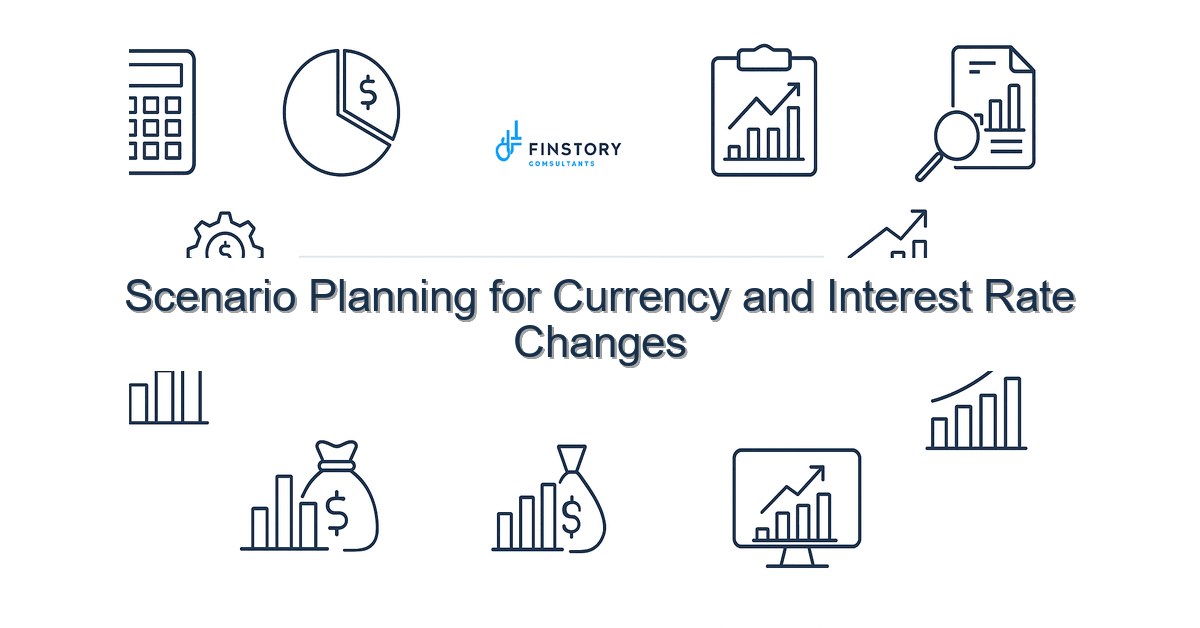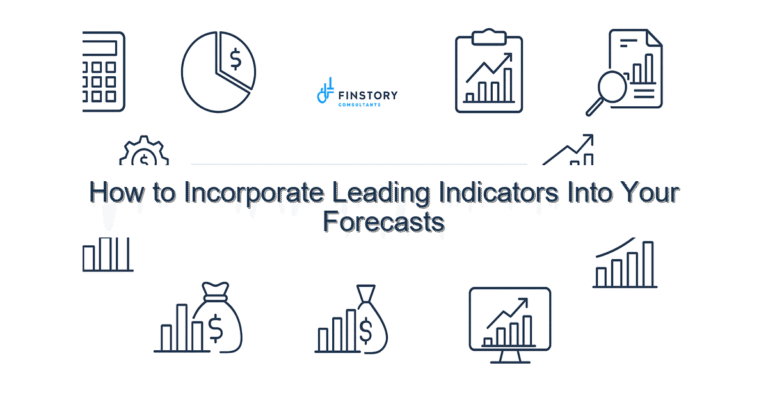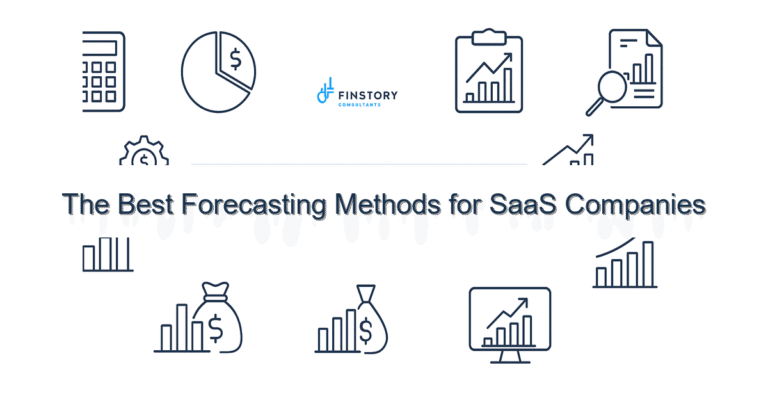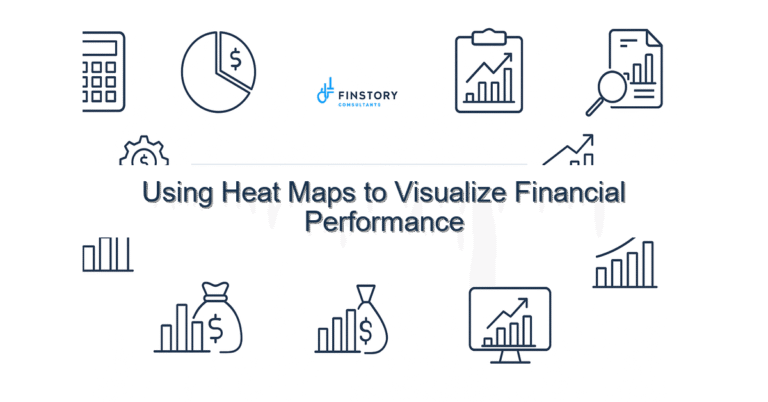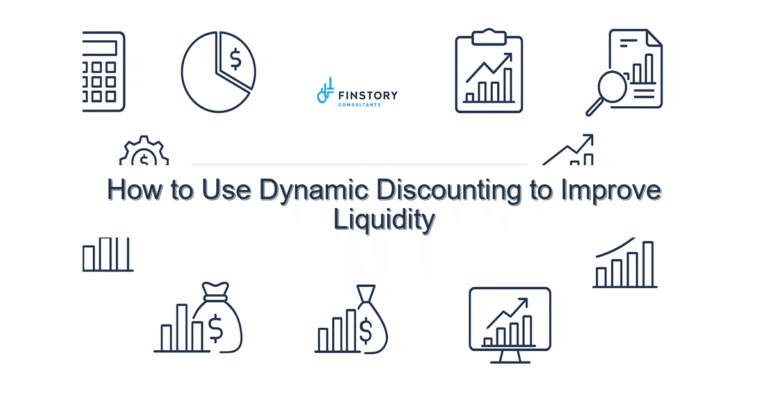Scenario Planning for Currency and Interest Rate Changes
You run a healthcare organization, and the numbers that used to feel steady now twitch every quarter. You worry about foreign-denominated suppliers, variable-rate debt, and how a single policy shift could squeeze an already thin margin. You’re not alone—and you don’t have to be reactive.
Summary: With straightforward scenario planning for currency and interest rate changes, healthcare leaders can turn uncertainty into decisions: identify exposures, model plausible futures, and protect cash flow and margins with hedges, pricing levers, or balance-sheet moves.
What’s the real problem?
Hospitals, clinics, and multi-national health systems rarely think of foreign exchange and interest-rate moves as operational risks—until they do. The challenge is that currency and rates affect both short-term cash and long-term financing, and those effects are non-linear.
- Symptoms: Unexpected spikes in supply costs when a currency weakens against your base currency.
- Symptoms: Rising interest payments on floating-rate bonds or bank facilities that eat into operating margins.
- Symptoms: Budget variances that erode confidence in forecasts and make capital planning impossible.
- Symptoms: Lengthy analysis cycles because teams rebuild models from scratch each quarter.
What leaders get wrong
Too many leaders treat currency and interest-rate moves as either a treasury-only problem or a forecasting nuisance. They assume historical volatility predicts the next shock. They ignore the operational levers they already have.
Common pitfalls:
- Relying only on historical FX/P&L correlations instead of forward-looking scenarios.
- Building one-off spreadsheets that live on someone’s laptop, not in a repeatable process.
- Waiting for a crisis to implement hedges or switch pricing models—by then it’s costly.
- Under-communicating impacts to clinical operations and procurement, so mitigation options are slow to execute.
A better approach: scenario planning for currency and interest rate changes
Scenario planning turns finance anxiety into an operational plan. Here’s a simple 4-step framework that aligns treasury, FP&A, procurement, and operations.
- 1) Map exposures. Inventory where currency and rate moves hit: supplier contracts, imported medical devices, FX bills, variable-rate debt, pension assumptions.
- 2) Define plausible scenarios. Don’t use a single shock—build three to four: Mild (1–3% FX move), Moderate (5–10%), Severe (15%+), and a Rate Shock (rapid 200–300bps increase).
- 3) Quantify outcomes. Model P&L, cash-flow, covenant impacts, and working capital under each scenario.
- 4) Define actions and triggers. Pair each scenario with specific actions: hedge levels, pricing adjustments, supplier renegotiation, deferred capital, or swap execution. Assign owners and decision thresholds.
Real-world story: A mid-sized regional hospital discovered 18% of its annual consumables budget was FX-exposed. By modeling a 10% depreciation scenario, the CFO found a 2.1% EBITDA hit. They agreed to a half-hedge on recurring purchases, negotiated one-year price collars with two suppliers, and saved an estimated $850k over 12 months—enough to preserve nursing headcount in a tight year.
Quick stat: organizations that run recurring scenario drills reduce forecast variance by up to 30% within a year—because they move from reactive variance investigation to proactive mitigation.
Quick implementation checklist
- Run a one-week exposure mapping workshop with treasury, procurement, and FP&A.
- Pull three months of payables and receivables to identify currency buckets and timing.
- Build three scenarios (mild, moderate, severe) and quantify P&L/cash effects.
- Set triggers: e.g., “if FX moves >7% in 30 days, activate partial hedge A.”
- Choose simple hedging tools first: forward contracts or rate caps; avoid exotic swaps unless needed.
- Create a one-page decision playbook for the CFO and controller to sign off.
- Automate monthly refreshes so models update with live FX rates and rates curves.
- Communicate impacts and actions to procurement and clinical leaders before changes hit operations.
What success looks like
Concrete outcomes you can measure after implementing scenario planning for currency and interest rate changes:
- Forecast accuracy improvement: reduce variance by 20–35% within 6–12 months.
- Cycle time: cut scenario update and decision time from weeks to 48 hours.
- Cash preservation: reduced unexpected cash outflows equal to 1–3% of operating budget in the first year.
- Hedging ROI: realized cost avoidance compared to an unhedged baseline (trackable quarterly).
- Operational readiness: documented playbook and assigned owners for each trigger.
Risks & how to manage them
Top 3 risks and practical mitigations:
- Risk: Over-hedging and losing upside. Mitigation: Use partial hedges and set re-evaluation points tied to scenarios.
- Risk: Model error or stale assumptions. Mitigation: Automate data feeds and schedule quarterly model reviews with treasury and FP&A.
- Risk: Poor cross-functional execution. Mitigation: Assign clear owners, run tabletop exercises, and include procurement and clinical leaders in reviews.
Tools & data
Good scenario planning relies on repeatable tools. Use finance automation to pull GL and AP data into scenario templates. Power BI or your BI tool can visualize scenario outcomes for the leadership team, turning tables of numbers into clear decision charts.
Suggested stack:
- Financial automation platform to centralize exposure data and refresh rates automatically.
- Power BI dashboards that show scenario P&L, cash-flow, and covenant risk at a glance.
- Versioned scenario models in your FP&A system so the board and auditors can see assumptions and changes.
If you want templates, start with a standardized exposure workbook that links to live FX feeds and a rate curve API. That reduces manual data entry and speeds decision cycles.
FAQs
Q: How often should we run scenario planning for currency and interest rate changes?
A: Monthly for reporting purposes, with a full scenario review quarterly or when your central bank or FX moves exceed predefined thresholds.
Q: Should a hospital hedge all FX exposure?
A: Not necessarily. Prioritize recurring, predictable exposures—like contracted supplies or scheduled debt service. Use partial hedges to balance cost and flexibility.
Q: Who should own this work?
A: Treasury or the CFO typically owns the framework; FP&A should own the scenario modeling and reporting. Procurement and operations must be involved for execution.
Q: Can we model interest rate swaps or caps ourselves?
A: You can model them, but consider advisor support for execution. Start with simpler instruments (forwards, caps) until you have process maturity.
Next steps
If you’re ready to move from anxiety to action, start by mapping exposures and running a quick three-scenario exercise this month. For help standing up the models, dashboards, and governance, contact Finstory to build a tailored program for scenario planning for currency and interest rate changes.
For resources, see our posts on rolling forecasting and cash flow management, or learn about our financial automation services to reduce manual risk.
Work with Finstory. If you want this done right—tailored to your operations—we’ll map the process, stand up the dashboards, and train your team. Let’s talk about your goals.
📞 Ready to take the next step?
Book a 20-min call with our experts and see how we can help your team move faster.
Prefer email or phone? Write to info@finstory.net
or call +91 44-45811170.
